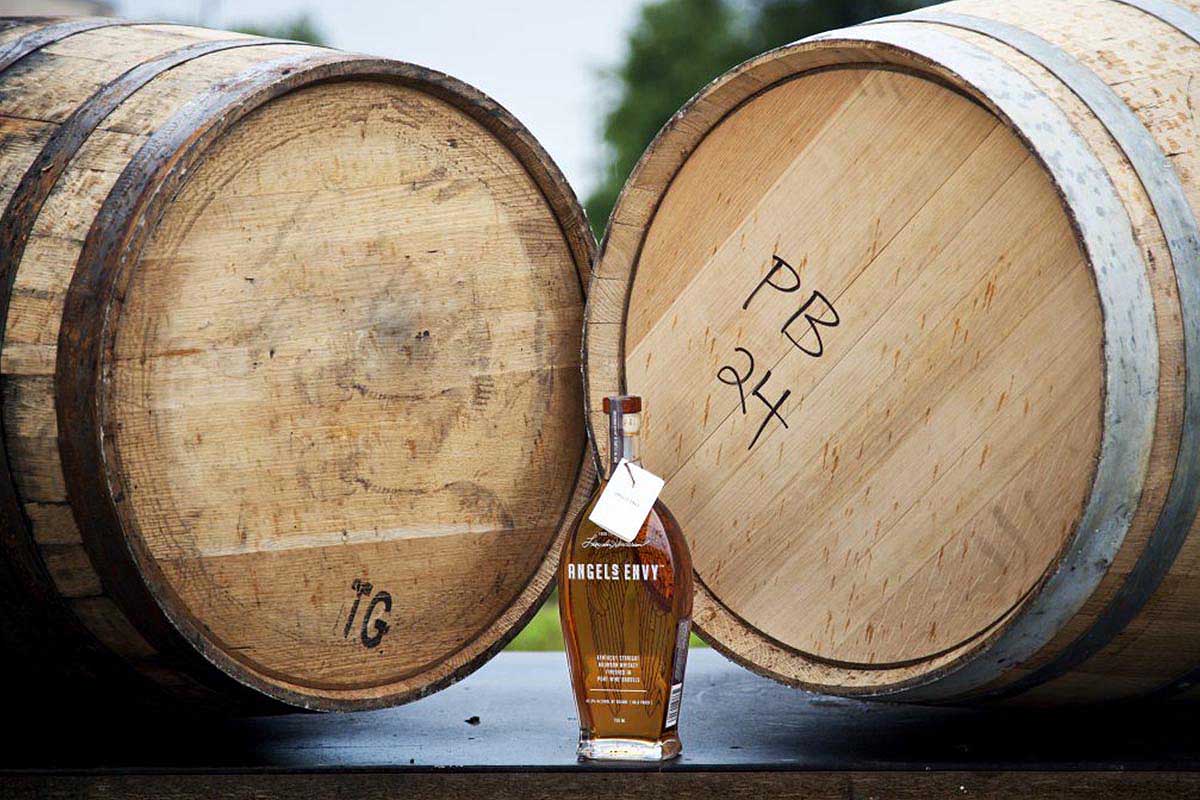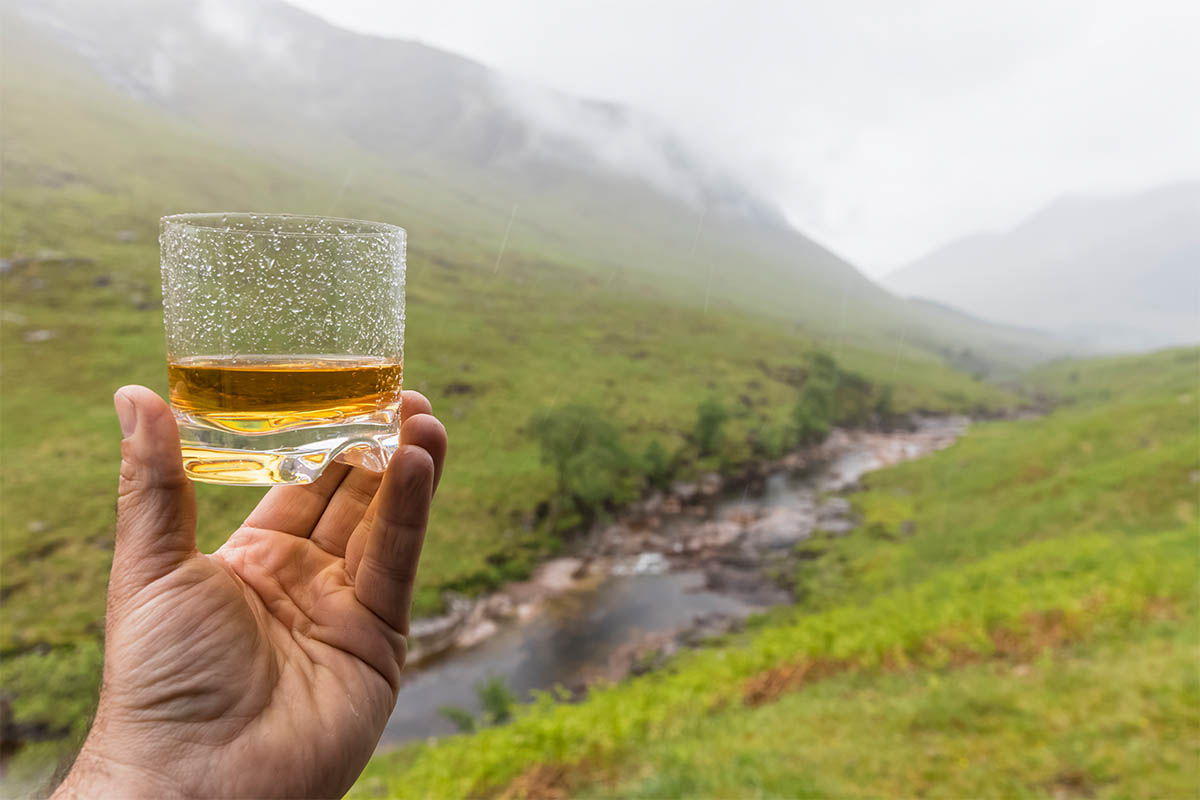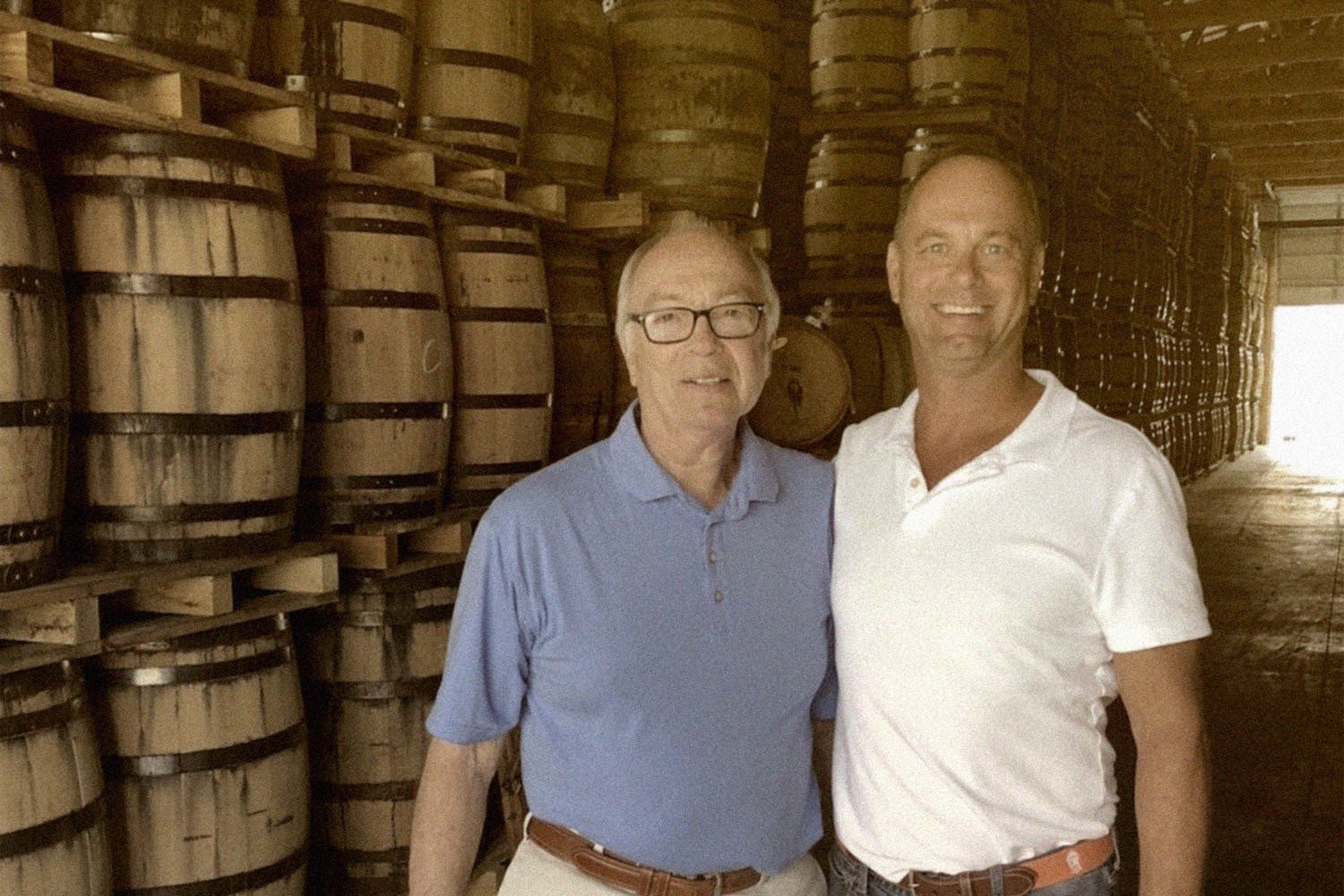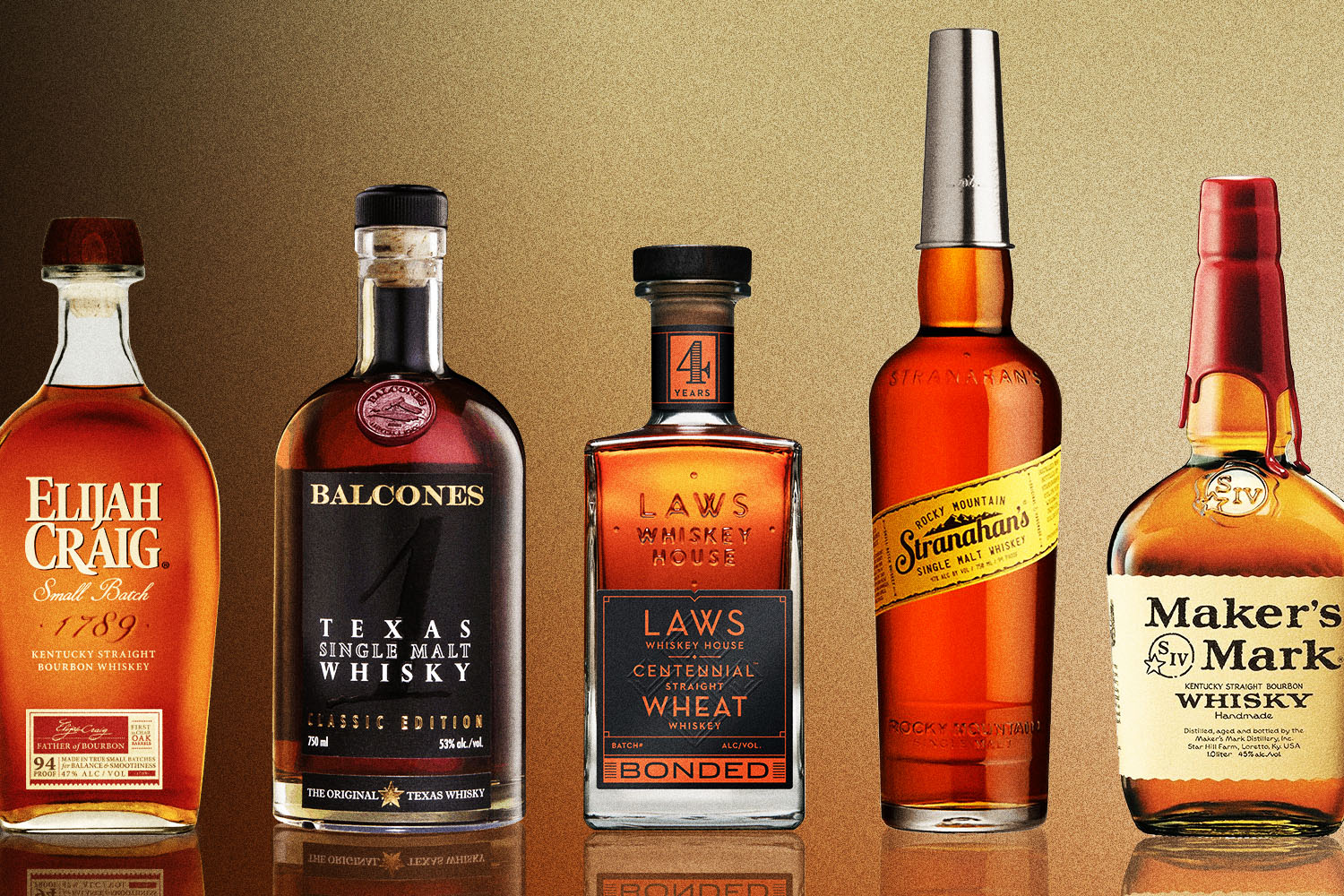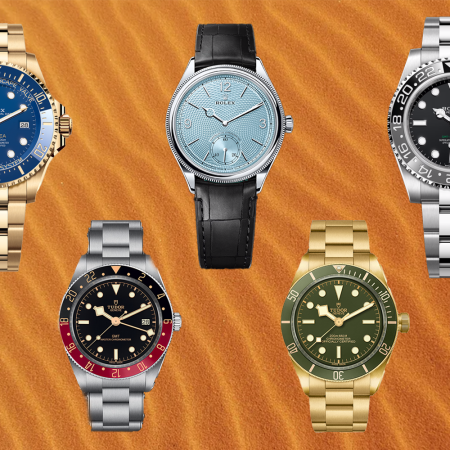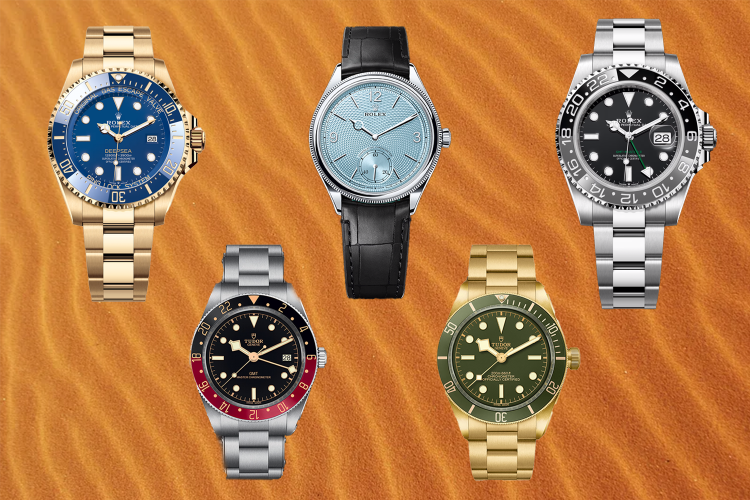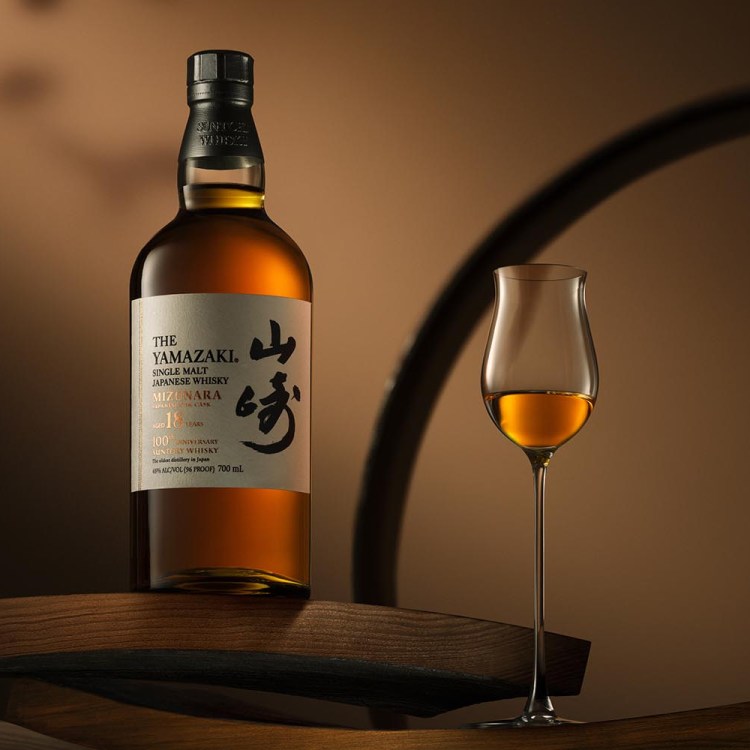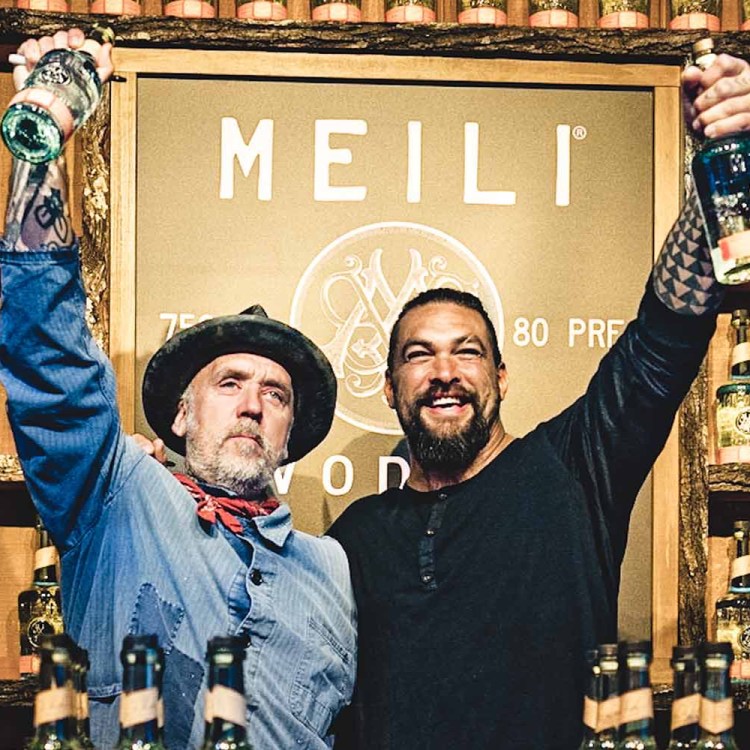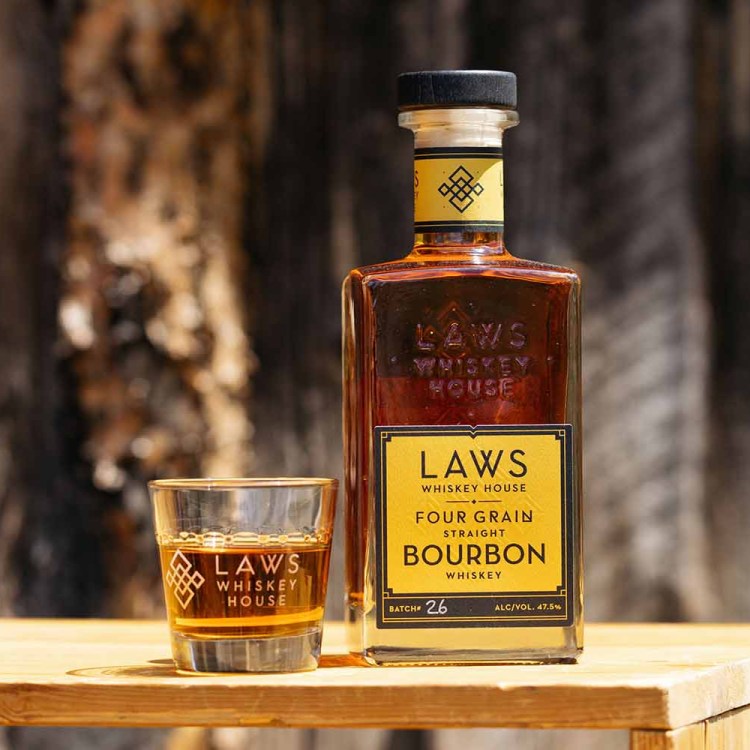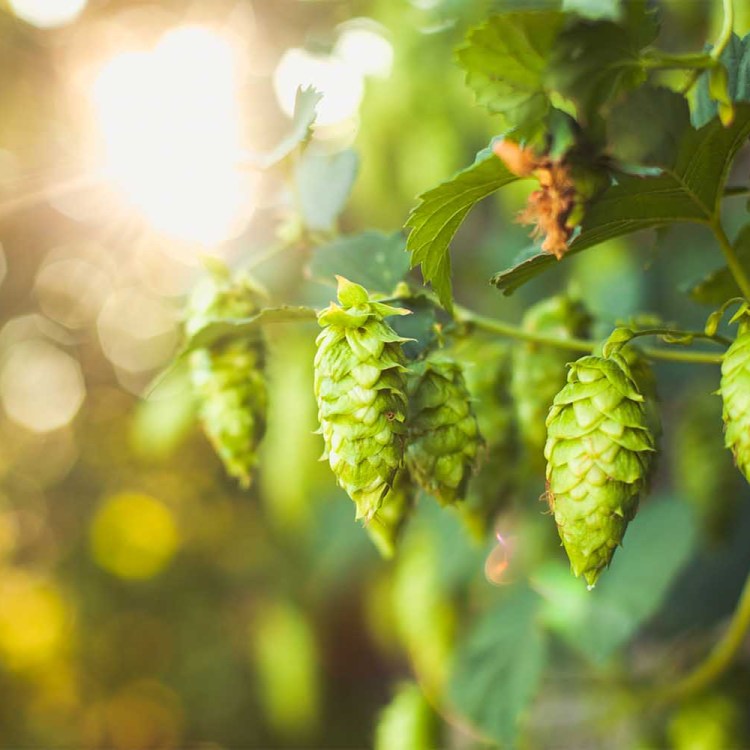If you’re getting into whiskey, you’ve probably noticed several distillers trumpeting a “secondary maturation” of their liquid in casks that previously held sherry, port, rum or any number of other wines or spirits. But you may not know how that additional aging is reflected where it counts — in your glass.
Sure, you could drink your way through a range of port-finished bourbons and sherry-cask matured Scotches to get some answers — that’s always fun! — but it helps to have a general idea of what happens to your favorite spirit when it’s taken out of its element and influenced by the ghost of a different tipple. The results can be startling, so we asked several leading whiskey professionals about what different wine (or spirit) finishes ultimately bring to your drink.
Note: There are a lot of variables here. Type of whiskey. Type of wood. How long the spirit was originally aged. How long it underwent a secondary maturation. The specifics of that new element (ruby or tawny port, Oloroso or PX sherry, etc.). Even when the additional process took place.
But if you learn some maturation basics, it could help expand your palate, and your whisk(e)y collection. “Generally, aging in certain barrels will provide a taste profile that you’ll probably enjoy in other whiskies,” says Kyle Henderson, the production manager for Angel’s Envy, a bourbon that’s known for maturing its spirits a second time in a variety of casks (one of the brand’s taglines is literally “It isn’t perfect until it’s finished.”).
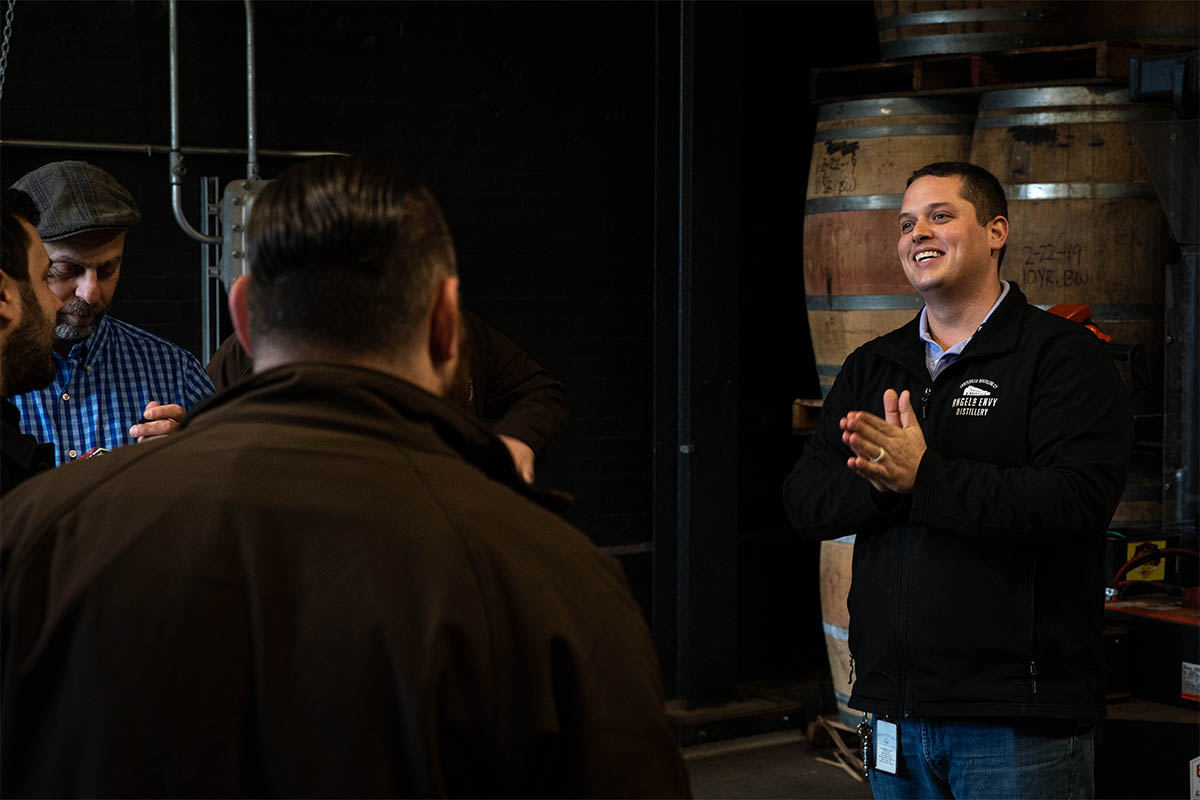
The time your whiskey spends in a different barrel is variable
“It really depends on your base spirit and the barrel,” says Henderson, who says “six to twelve months” is a rough estimate of secondary maturation. And that barrel doesn’t necessarily need to have to have contained a wine or spirit — his company, for instance, just started testing out the influence of different woods, including a bourbon finished in Japanese Mizunara Oak Casks.
The time of year that that secondary step takes place is equally important. “Our secondary maturation is about 6-15 months, depending on the varietal and the entry month,” explains Trey Zoeller, founder and chief strategist for Jefferson’s Bourbon. “Summer imparts more flavor quicker.”
One word on the label makes a big difference
Most brands are finishing their product in former rum, sherry or port barrels. But as Henderson notes, a few are blending those liquids into the spirit. “You want to look for finished in as opposed to finished with,” he says. “The final product may provide some similarities, but there will be a different complexity.”
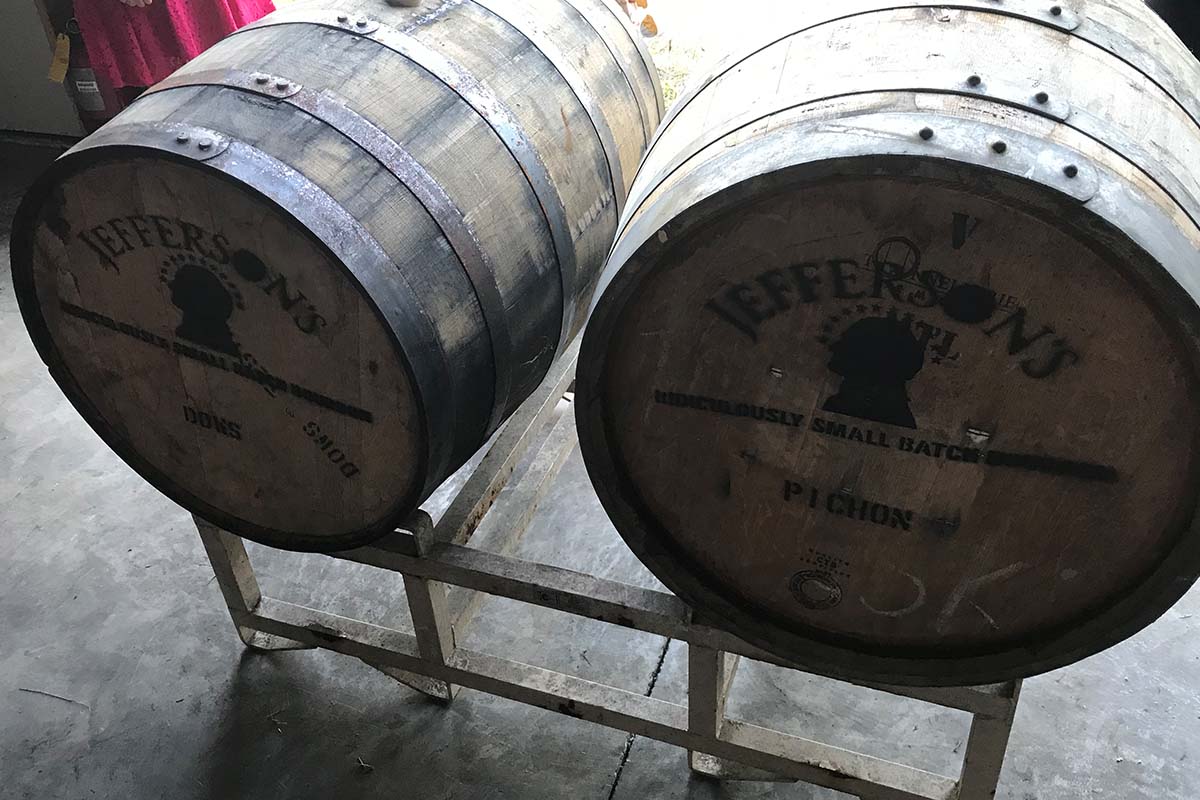
You can dislike the wine but love the finished whiskey
As someone who doesn’t love port or sherry, you may think you don’t want that influence in your drink. But the tannic and sweet notes of a tawny port, for instance, might end up complementing the whiskey, not contaminating it.
“I had an eye-opening moment when a member of a local bourbon society first had our Jefferson’s Reserve Pritchard Hill Cask Finish (which is extra matured in Chappellet Winery Cabernet Sauvignon barrels),” says Zoeller. “He didn’t love it. He wasn’t used to those flavors; it was like having a Sprite in a glass when you were expecting it to be water. But the more he sat down and tasted that offering, the more he liked it. Now it’s his favorite bourbon.”
And even fans of the wine may not like what they’re drinking if they encountered the product in its primitive form. “I’d say 98% of sherry-finished whiskey, that sherry on its own is not drinkable,” says Henderson. “It’s used specifically for barrels and to give them different profiles.”
So it’s really about how the liquid(s) and barrel interact. “The remnants of what was previously in the cask does not really change the flavor of the whisky,” explains Neil Strachan, the West Coast Ambassador for The Balvenie. “It’s what that liquid has changed in the oak that affects flavor.”
“For us, as the sherry seasons the casks, it takes on new flavors from the interaction with the wood then it originally started,” adds Raquel Raies, The Macallan National Brand Ambassador (The Macallan, unlike the other whiskies mentioned here, rarely does a secondary maturation, instead maturing their liquid — in part — in sherry-seasoned oak casks the first time around). “For example, our Double Cask 15 Years Old expression is sherry seasoned, but when tasting, you get notes of dried fruit, toffee and vanilla, with a creamy mouthfeel.”
Finally, we asked our whiskey experts to describe how the secondary or seasoned barrels impacted their respective spirits:
Angel’s Envy Finished in Japanese Mizunara Oak: “You won’t get the sugary, sweet notes like American oak. There are smokier undertones, a lot of cedar and sandalwood.”
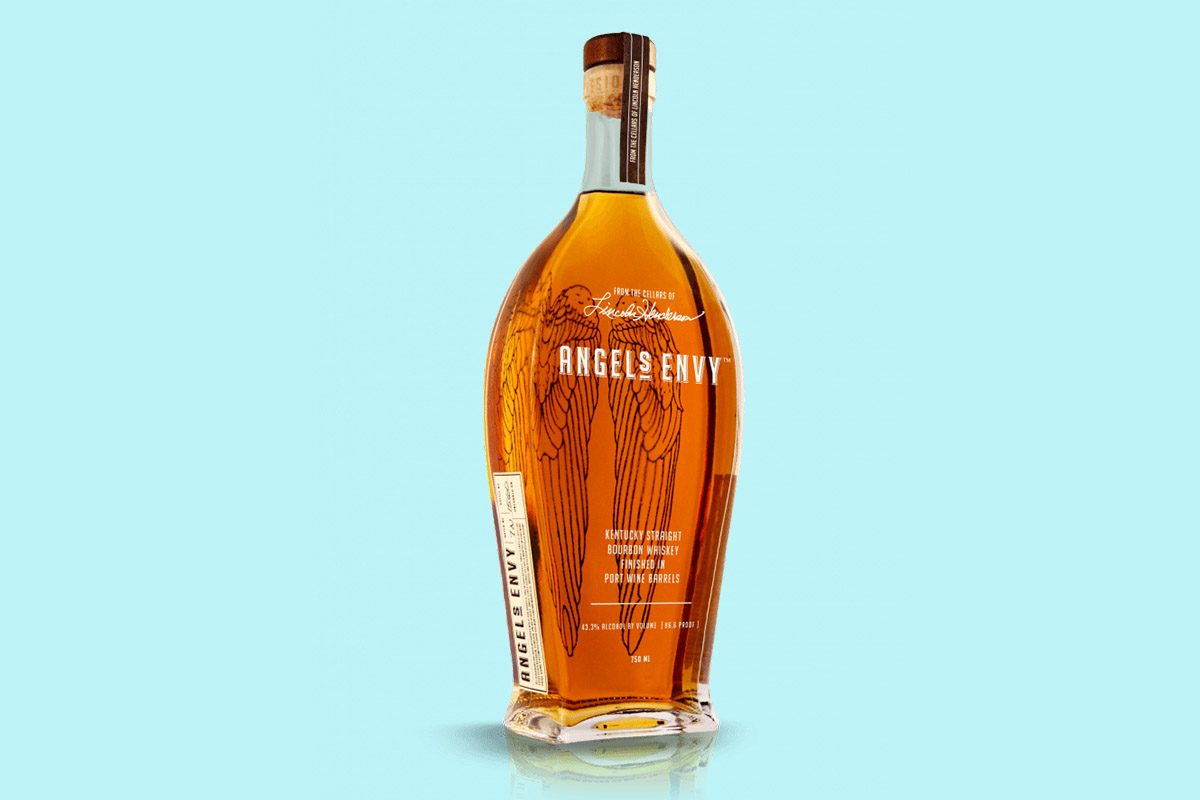
Angel’s Envy Port Barrel: “With a ruby port, you’ll get elements of ripe fruit, plus a richer color and a juiciness that pops in the mouth. With the Tawny Barrel, it’s more tannic, with some rich notes. It’s more developed.”
Angel’s Envy Sherry Cask: “We were looking for a nuttiness, a hazelnut. This was an Oloroso sherry, not a P.X. one, which has more of a raisin-y sweetness.”
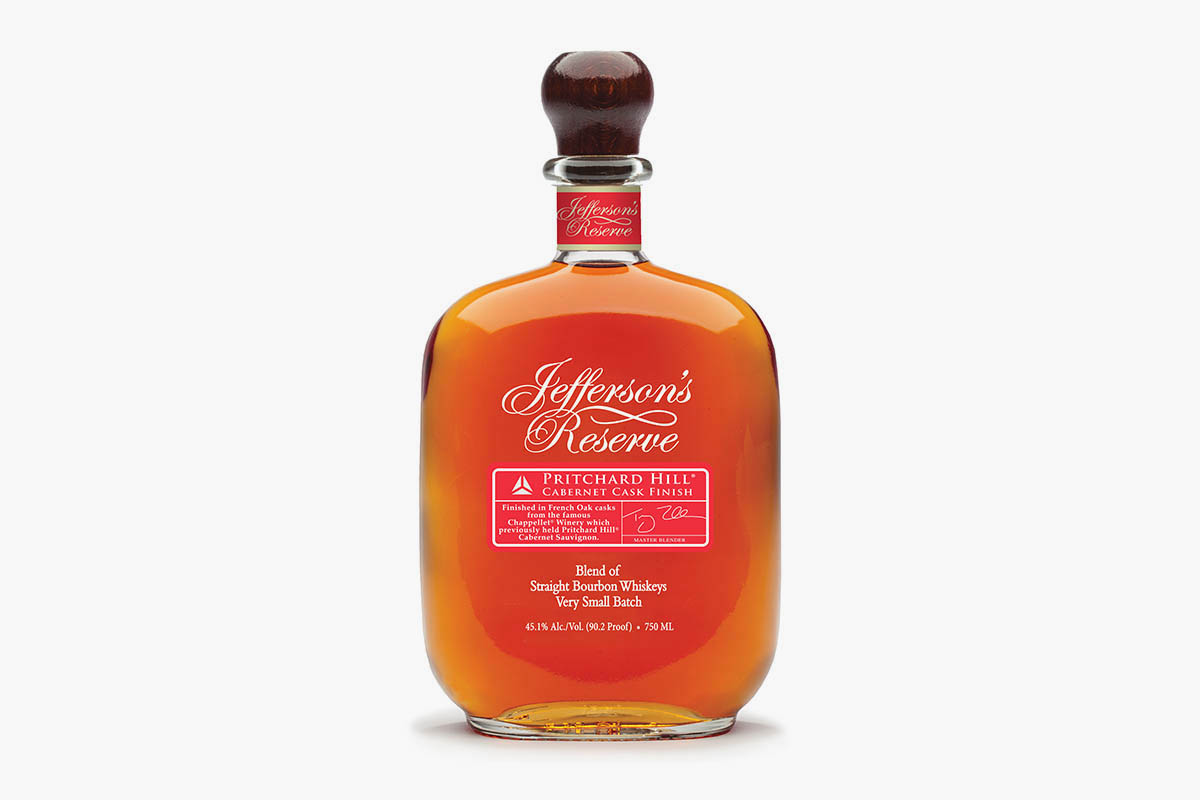
Jefferson’s Reserve Pritchard Hill Cabernet Finish: “Up front the black cherry and chocolate flavors dominate, and then leather and toffee flavors of the bourbon come through mid palate; the fruit of the cabernet shows itself again during the beveled finish.”
Jefferson’s Grand Selection Chateau Suduiraut Sauternes Cask Finish: “The peach and orange flavors of the Sauternes really come through, making this a beautiful dessert pairing bourbon.”
The Balvenie Caribbean Cask 14 Year Old: “This uses barrels that we specifically season with a blend of rum at the distillery. The flavors develop over nine months making the classic Balvenie sweet notes richer to toffee and caramels. On the nose, the rum is a complex mix of tropical fruits.”
The Macallan Sherry Oak 18 Years Old: “It features notes of ginger and vanilla, with hints of spice and clove, which are a result of the sherry finish and wood journey.”
Join America's Fastest Growing Spirits Newsletter THE SPILL. Unlock all the reviews, recipes and revelry — and get 15% off award-winning La Tierra de Acre Mezcal.
